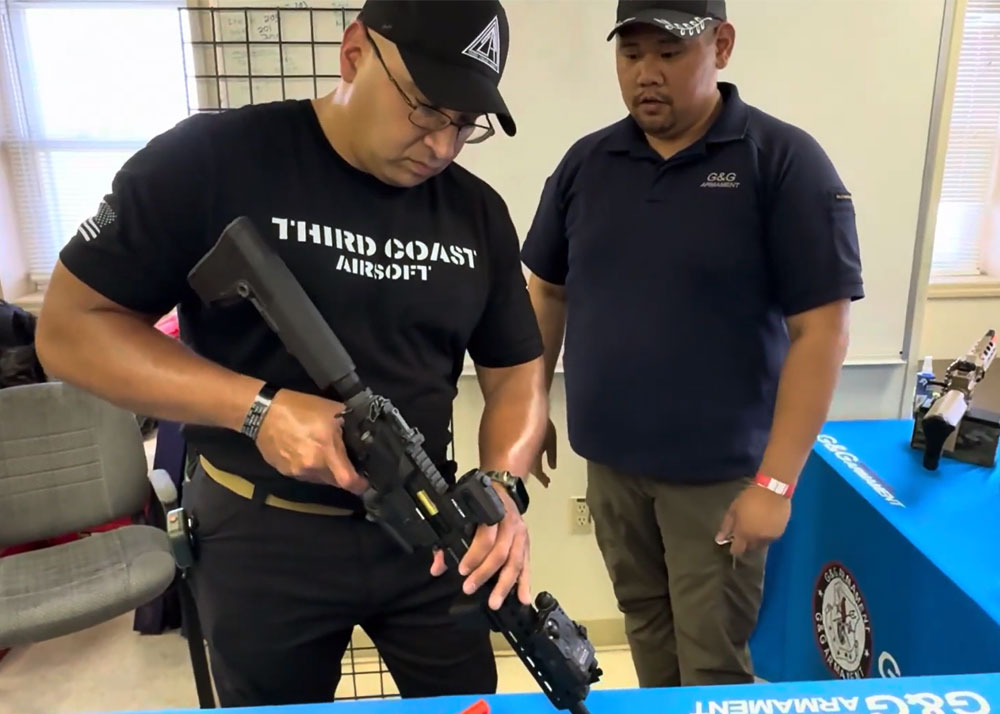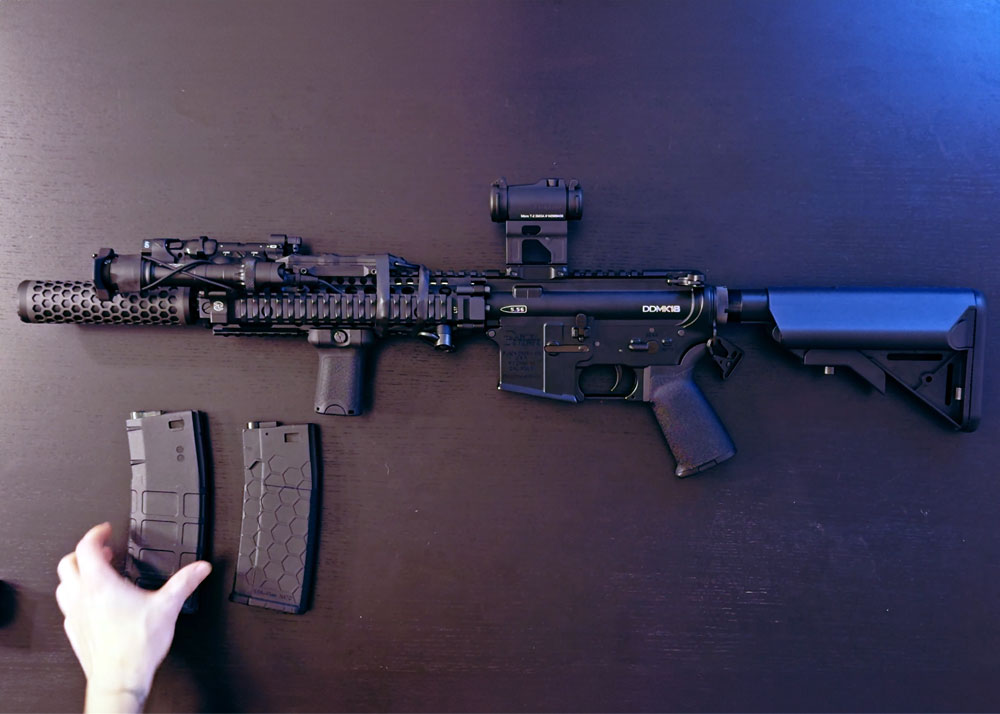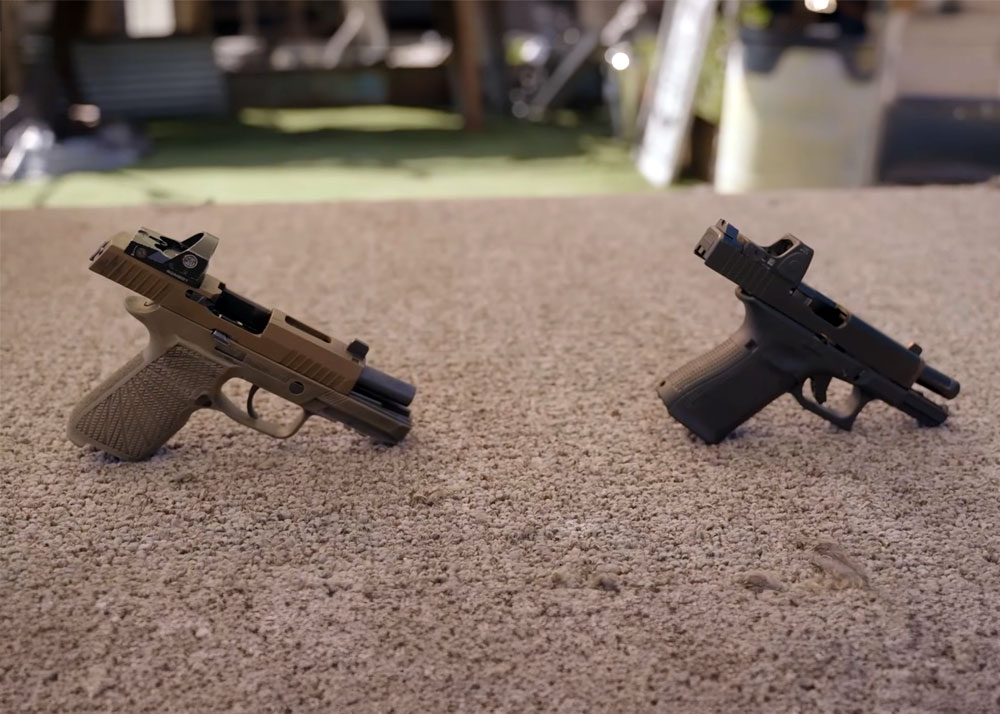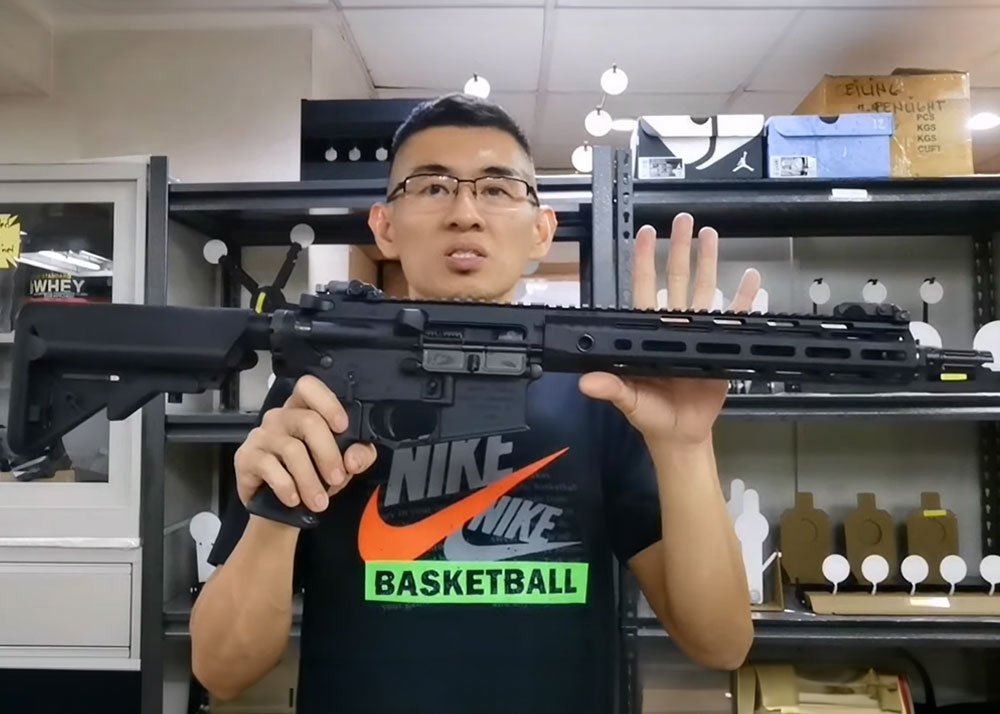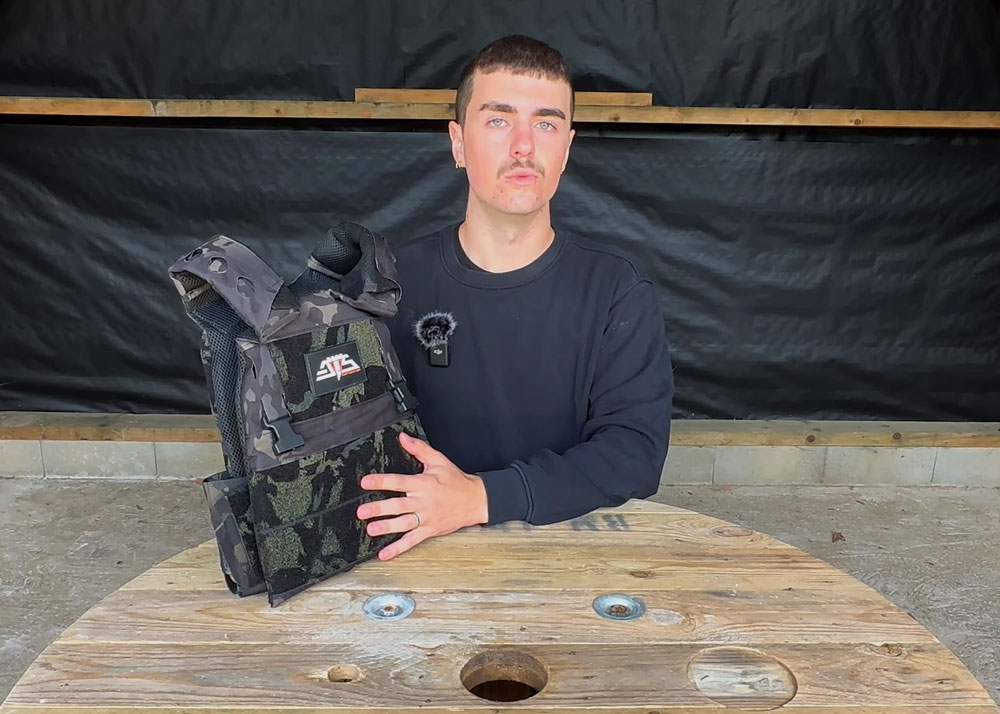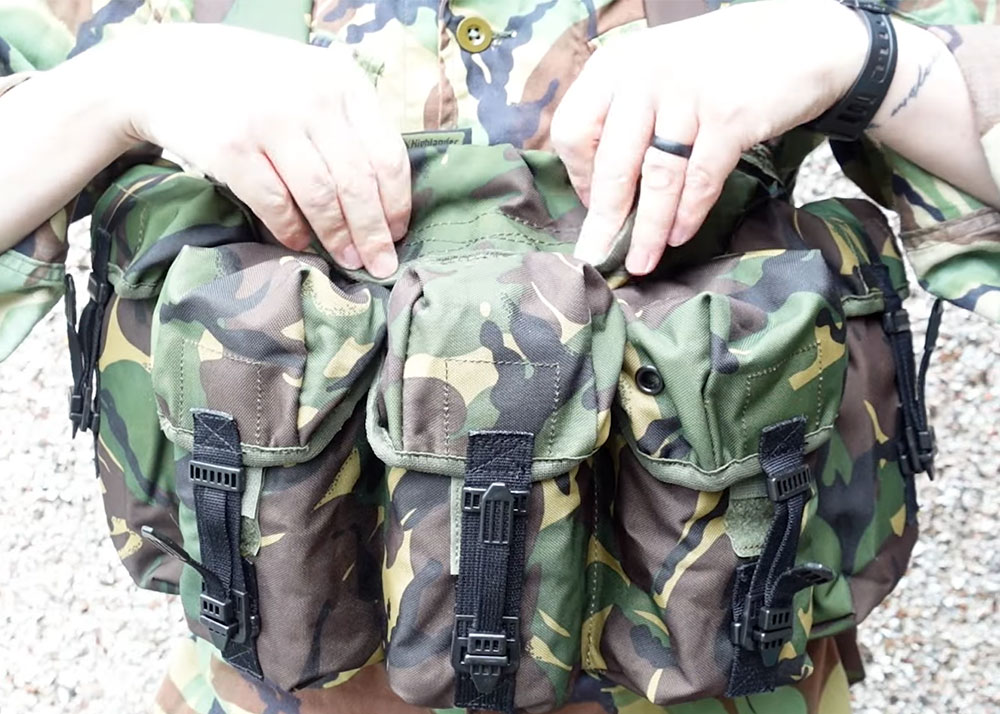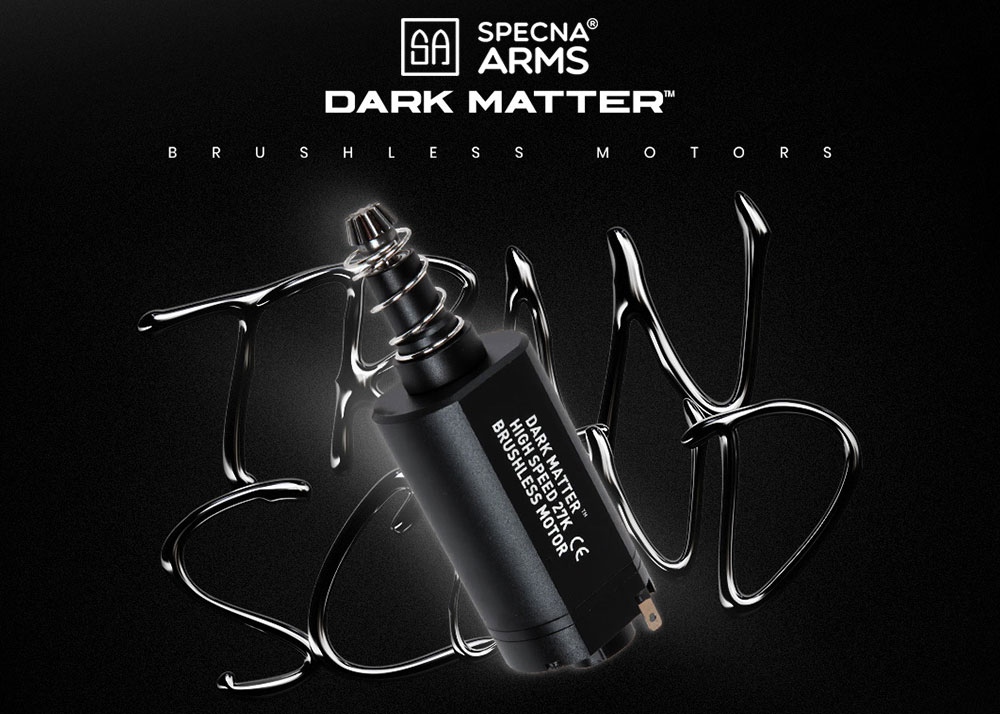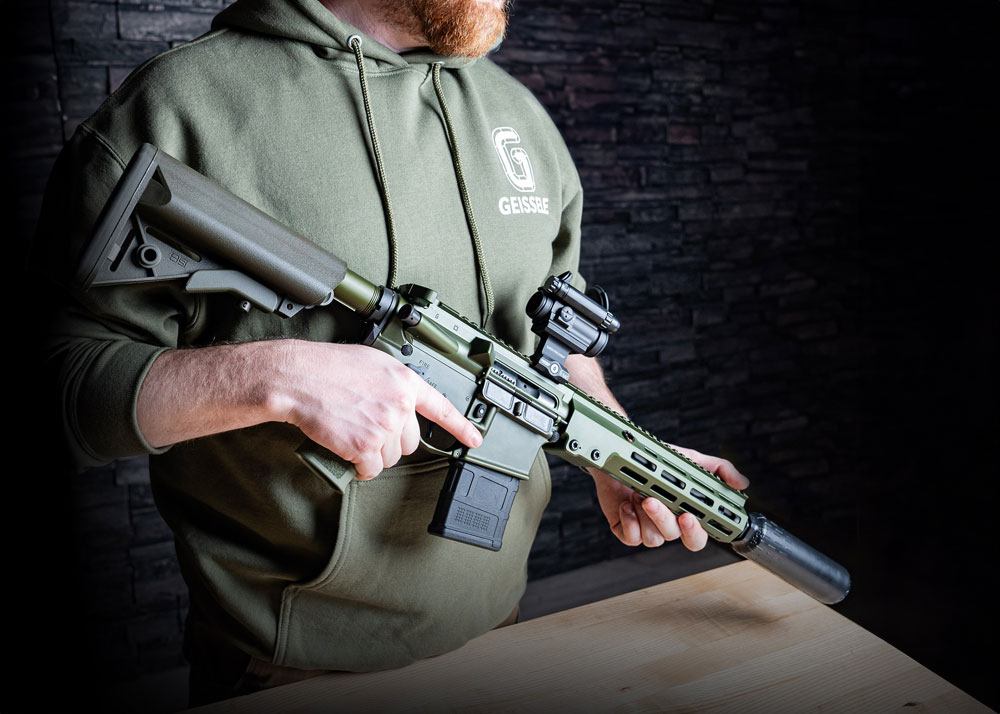Natick Researching On Nanocomposites For Food Packaging
Gungho Cowboy
01 Aug 2015
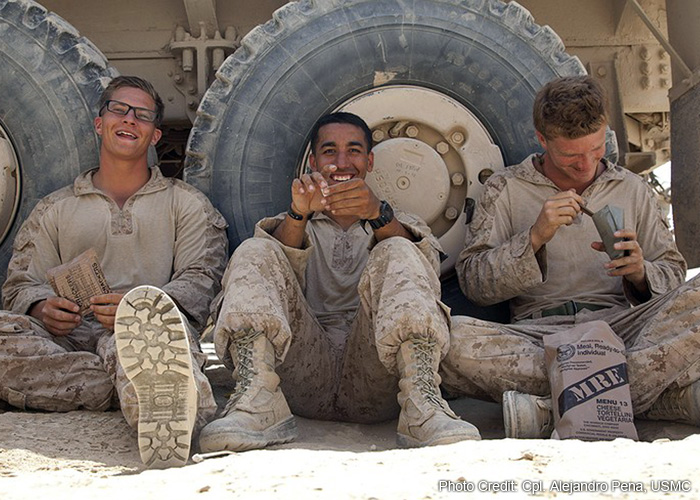
In a recent report at the Army.mil website, scientists at the U.S. Army Natick Soldier Research, Development and Engineering Center, or NSRDEC are looking into nanocomposites for cheaper, lighter and environment friendly food packaging that can be used in the next generation soldier rations. Once they adopt the use of high-barrier and non-foil nanocomposites, these might be used in future Meals Ready To Eat (MRE) packaging.
Not only will it be for military use, it can also be used by NASA to use for deep space exploration.
Nanocomposites can help keep food fresh and even fight food stench in certain delicacies that taste good, but do have inherent bad smell. Due to their lighter qualities, these help reduce the weight in load that soldiers need to carry into battle, doing the job better than using foil. Furthermore, they reduce the amount of food waste as...
The high-barrier, non-foil material will decrease the permeation of oxygen and water molecules through packaging materials, thus better preserving food freshness and better ensuring safety. The packaging will comply with the meal, ready to eat, or MRE, requirement of maintaining a three-year shelf life. The packaging will maintain up to a five-year shelf life for space applications.
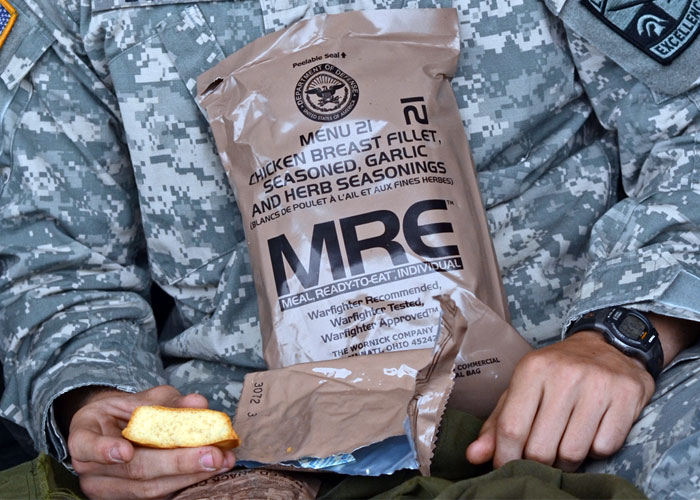
If the nanocomposites provide the better food packaging material, the researchers can then work in developing different approaches in sterilisation of the food as it is important that the way is prepared before packaging will also affect the shelf life of the food that the soldiers will carry I the field:
Dr. Jo Ann Ratto, team leader, AMET, NSRDEC CFD, said that the implementation of a non-foil structure into food packaging will provide the ability to consider novel sterilization methods, such as microwave-assisted thermal sterilization, or MATS, and pressure-assisted thermal sterilization, or PATS.
MATS and PATS are desirable alternatives to retort sterilization as these methods reduce the time needed to raise the product temperature to that required for the thermal lethality of target bacteria. A shorter process time can improve food quality and nutrient retention, which is one reason these methods are so attractive for both the U.S. military and NASA.
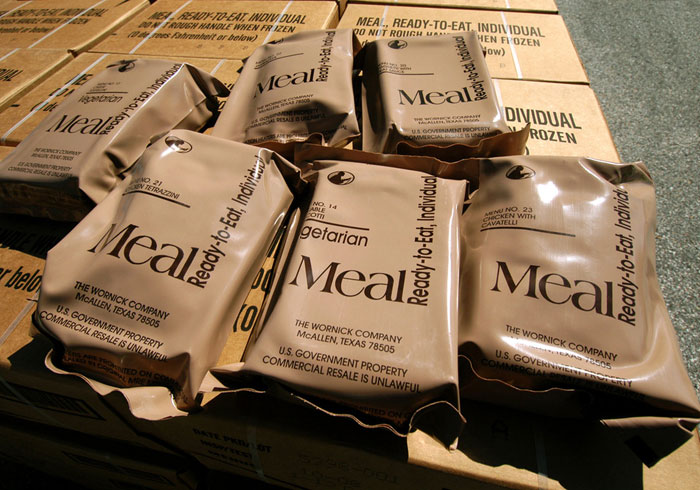
The commercial sector are also looking into nanocomposites for their food packaging and industrial use, due to promises of lower cost, longer shelf-life, and lower wastage that can help in their production costs.

